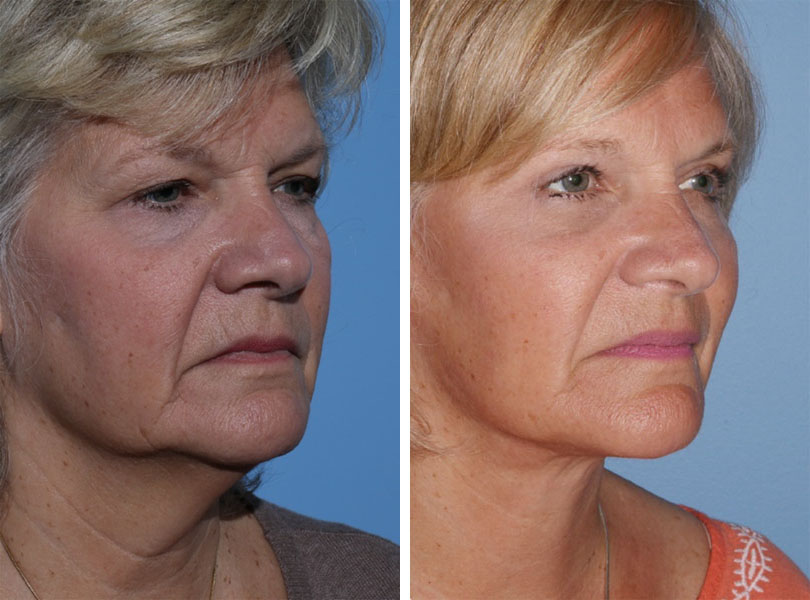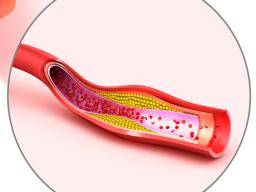
It is possible to be curious about how the recovery will go after upper blepharoplasty surgery. This article will tell you about Pre-op requirements, Post-op care, Common side effects, and how much it costs. The average cost of the procedure will be discussed. Here are some things to remember before your procedure. Listed below are some of the most common post-operative side effects. After surgery, you can expect to feel swelling, bruising, pain, and other side effects.
Pre-op requirements
Prior to surgery, a comprehensive eye examination is important for the patient's safety and optimal surgical result. Pre-operative testing will be done to determine the patient’s vision, tearfilm stability, and eyelid strength. To assess visual acuity, the surgeon will perform a visual field exam. The surgeon will also take a preoperative picture before any functional Blepharoplasty.
Typically, the swelling and bruising around the eyes will go down after a few days, and patients will be able to resume normal activities, such as eye makeup and contact lenses. Patients should avoid strenuous activity for the first week. However most patients are fully healed within two weeks. The patient should be accompanied by a responsible adult home. The surgeon will share with them any post-operative instructions. Patients should restrict their activities for 72-hours and keep their heads up while recovering. Patients should rest for five to seven day and refrain from using cosmetics for at least two week.

Post-op care
To reduce swelling, patients should use cold compresses and ice in addition to the usual painkillers. For a few days, they may feel numb around their eyes. Patients can also use eye-shaped cooling packs or frozen peas or corn wrapped in sterile plastic. Patients should avoid touching the incisions with any foreign objects or fingers.
Several days after the procedure, you can resume bathing and showering. For the first five days, you may wash your hair with mild shampoo and use ice packs on the eyelids. Avoid applying eye makeup to the area that has been operated on. After four to five days, eye makeup can be applied again. After your procedure, it is important to avoid contact lenses and sunglasses for at the very least two weeks.
Common side effects
Although upper Blepharoplasty is usually performed in an outpatient facility, there may be side effects after surgery. There may be sensitivity to light and blurred vision. You might also experience puffy eyelids, double or slight pain. You will need someone to drive your car home. It is important that you do not smoke for at most two weeks prior. Smoking can prolong healing time and increase the risk for infection.
Blepharoplasty can cause swelling and itching, which are temporary and easily managed. The swelling can be reduced by applying cold compresses to the area and elevating the head. Dry eyes, tightness around the incisions and irritations can all be eased by eye drops and ointments. Avoid long-term television viewing and reading after surgery.

Average cost
The average cost for upper blepharoplasty surgery is $3,200. The exact cost of upper blepharoplasty will vary depending on the amount skin, fat,, and muscle being removed. Patients who combine upper Blepharoplasty with another cosmetic surgery might end up paying more. Due to the long recovery times for both procedures, it's best that you plan ahead. Recovery time after upper Blepharoplasty can take six weeks.
Although mild swelling and some bruising can occur after an upper Blepharoplasty procedure, these are rare. Most patients will feel no discomfort after the procedure. It will subside in a few days. For a few days, patients can reduce swelling by applying cool compresses to their scalps and elevating their heads. Although most patients experience minimal bruising, there may be some tenderness for a few more days. Upper Blepharoplasty recovery costs on average range between $1,500 and $3,000; you can check with your surgeon to get specific estimates.